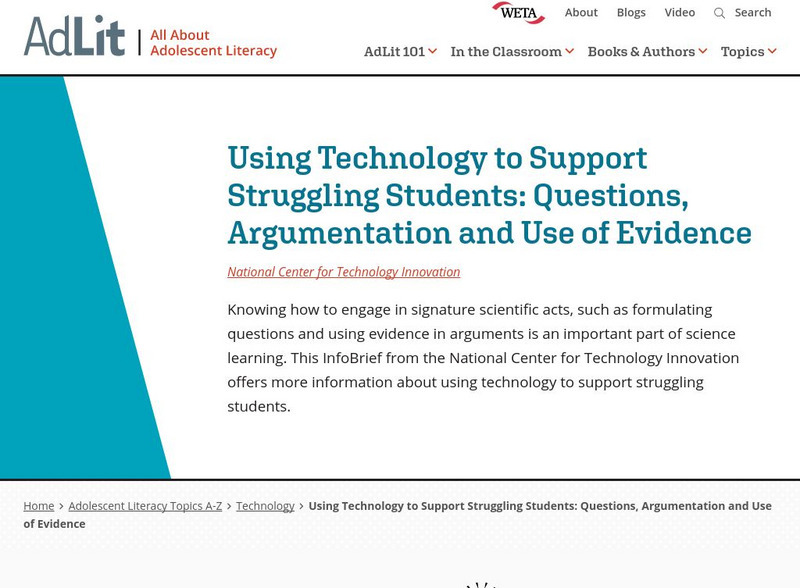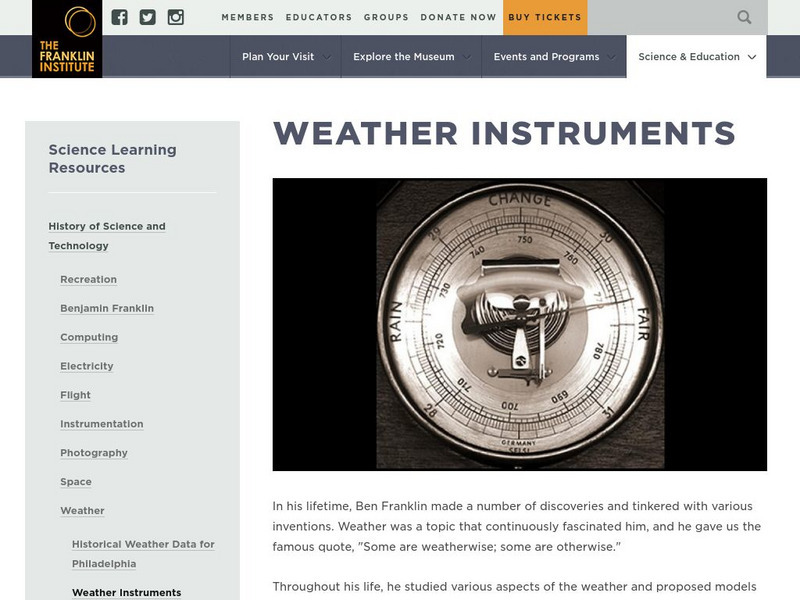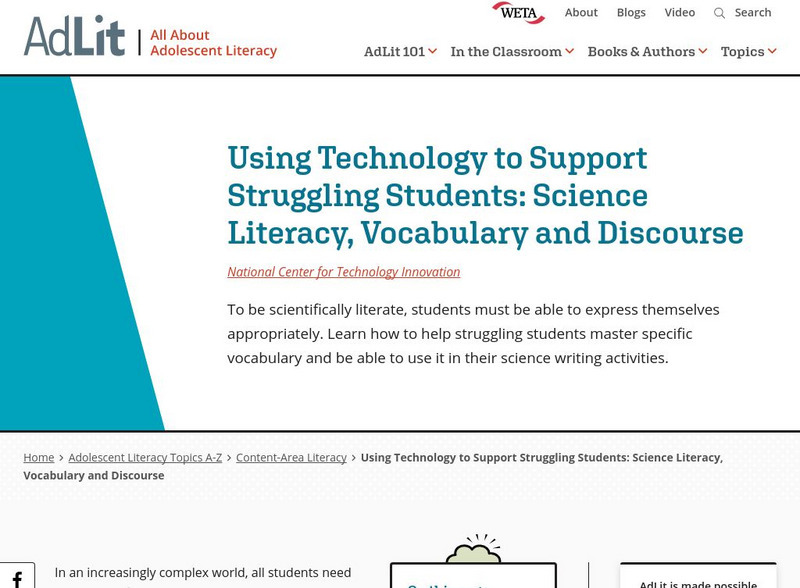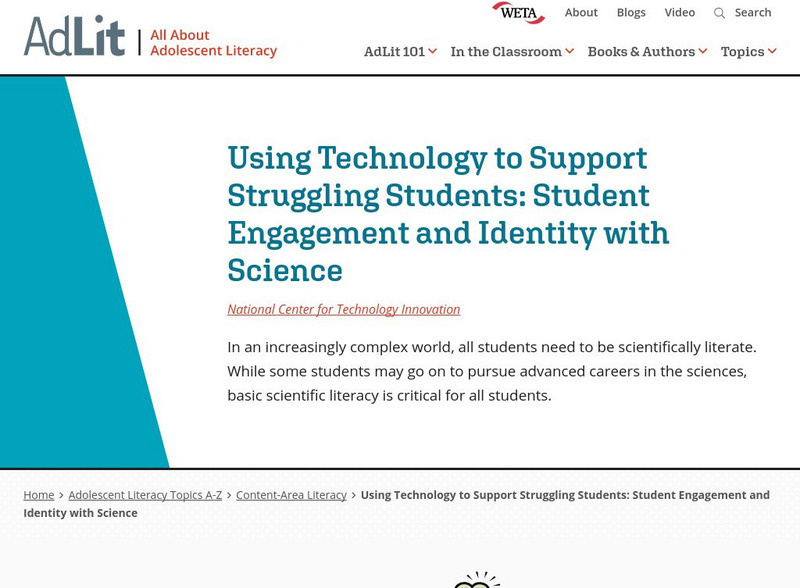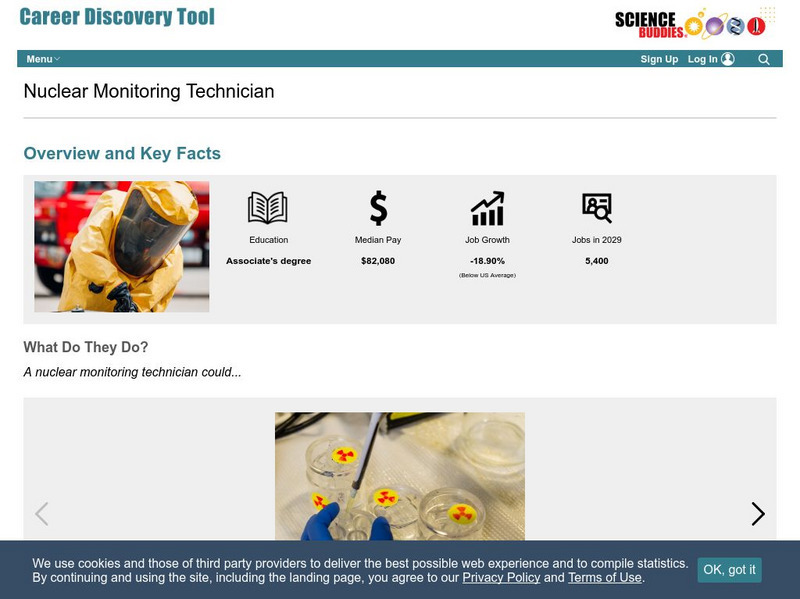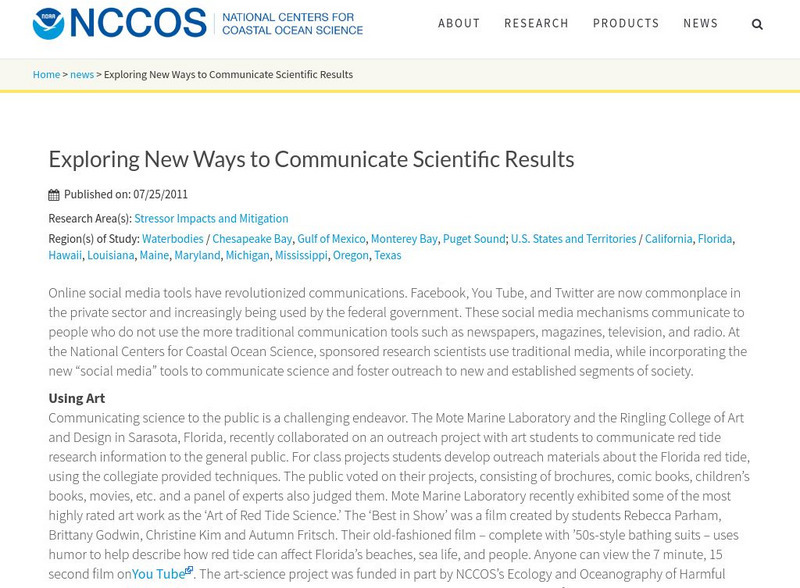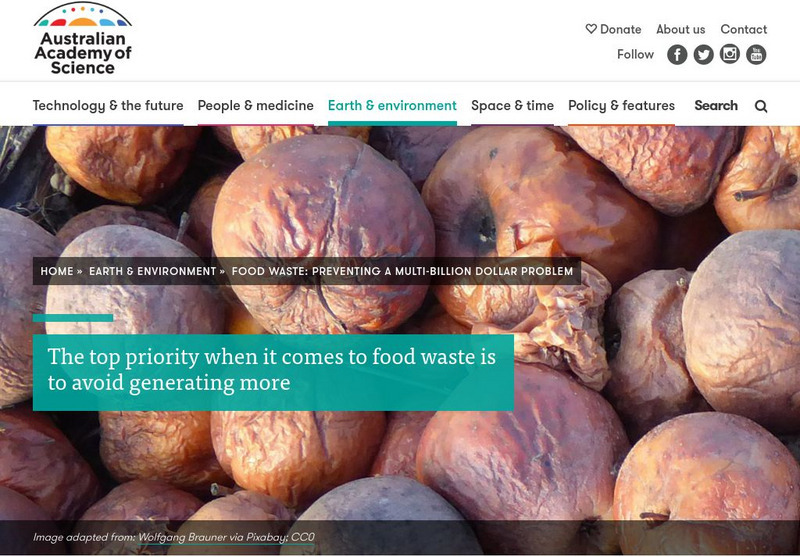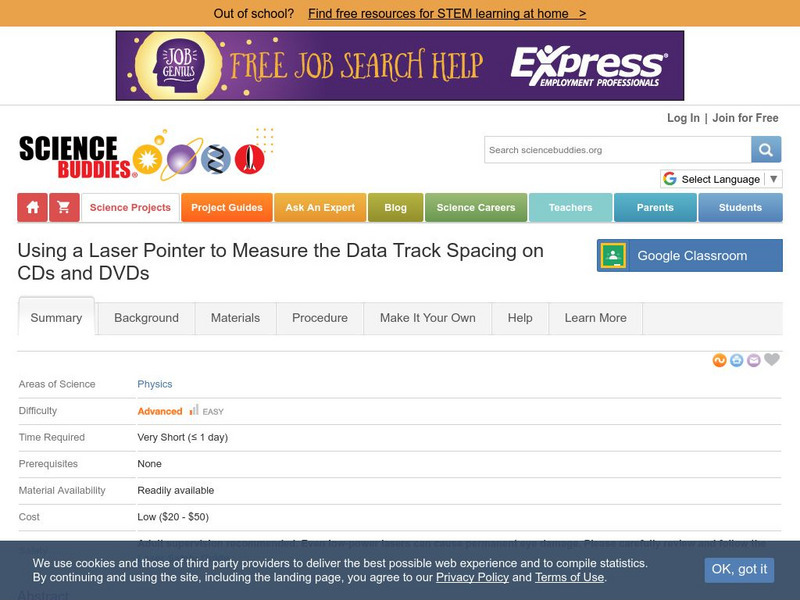West Virginia Department of Education
Technical Writing: Real-World Writing in the 21st Century
Wondering how to respond to the age-old question when will I ever use this? The answer is very simple when discussing technical writing. Teachers and administrators gain an understanding of using technical writing in the classroom....
EngageNY
TASC Transition Curriculum: Workshop 15
What do a cheetah, Audi commercial, and air have in common? They're all topics of an engaging inquiry-based, hands-on workshop for educators about background knowledge, reading strategies, the CER model, and argumentative writing. The...
National Health Museum
Access Excellence: Using Probeware in Biology
This article discusses knowledge and skills developed by educators who use technology to teach science.
Canada Science and Technology Museum
Canada Science and Technology Museum: Background Information for Sound
Sound! How does it work? All you need to know about it is found here through a series of Q&As. Educators will find useful lesson plans.
Canada Science and Technology Museum
Canada Science and Technology Museum: Background Information for Canada in Space
Canada has accomplished some important achievements in space technology. Use the links to explore the main topics. Educators will appreciate connecting to the school program "Space: Space Exploration" on this site.
Canada Science and Technology Museum
Canada Science and Technology Museum: Background Information for Energy
Energy! What do you know about it? Use this terrific site to find out everything about it through a series of Q&As. Educators will find useful lesson plans at the related Teacher's site.
Canada Science and Technology Museum
Canada Science and Technology Museum: An Exhibit on Communications
Follow the development of telecommunications from the earliest times to the most advanced technologies! Useful research tool highlighting the telegraph, telegram, telephone todigital networks and computing in Canada.
AdLit
Ad lit.org: Using Technology to Support Struggling Students
Knowing how to engage in signature scientific acts, such as formulating questions and using evidence in arguments is an important part of science learning. This InfoBrief from the National Center for Technology Innovation offers more...
The Franklin Institute
Franklin Institute: History of Science and Technology: Weather Instruments
A look back in time at weather instruments used in previous centuries. Includes pictures and descriptions of instruments from Franklin Institute's historical collection.
AdLit
Ad lit.org: Using Technology to Support Struggling Students: Vocabulary
To be scientifically literate, students must be able to express themselves appropriately. Learn how to help struggling students master specific vocabulary and be able to use it in their science writing activities.
AdLit
Ad lit.org: Using Technology to Support Struggling Students
In an increasingly complex world, all students need to be scientifically literate. While some students may go on to pursue advanced careers in the sciences, basic scientific literacy is critical for all students.
AdLit
Ad lit.org: Using Technology to Support Struggling Students
Science learning often involves creating abstract representations and models of processes that we are unable to observe with the naked eye. Learn more about visualizing, representing, and modeling to aid struggling learners.
Science Buddies
Science Buddies: Cd Burning: Take It to the Edge
Did you know that you can tell how much information is on a CD-R without even using a computer? Find out how in this "reflective" experiment.
Science Buddies
Science Buddies: Career Profile: Cad Technician
Combine your interest in art, engineering, and computers in a career as a CAD technician. Science Buddies' Career Profile tells you what you need to know about this interesting career that has applications in many different fields. Read...
Science Buddies
Science Buddies: Career Profile: Nuclear Monitoring Technician
With the increasing use of nuclear technology in medicine, energy, and even agriculture, there is a need for monitoring radiation exposure. That is the job of the nuclear monitoring technician. Science Buddies offers a career profile...
University of Pennsylvania
History and Sociology of Science: America's Golden Age of Medicine?
Examine the history of the Golden Age of Medicine in America from the 1930s through the 1960s. Use photographs, primary sources, essays, and the suggested questions to trace the advances made in drugs, technology, and the delivery of...
Canada Science and Technology Museum
Canada Science and Technology Museum: Background Information for Magnets
What makes a magnet? Learn all about magnets in this Q&A section. Educator resource materials are linked to this site.
Other
Milton J. Rubenstein Museum: Determining the Age of Rocks and Fossils [Pdf]
This set of activities from the Milton J. Rubenstein Museum of Science & Technology has students investigating how relative dating and absolute dating methods are used to determine the age of rocks and fossils.
Other
Hong Kong University of Science and Technology: Augmented Matrix
Demonstration of how an augmented matrix is used to solve a system of linear equations.
National Science Foundation
National Science Foundation: Science of Summer Olympics
Using examples of athletes and sports involved in the 2012 Summer Olympics, these 9 videos demonstrate aspects of sports which are influenced by engineering and technology.
NOAA
Noaa: Nccos: Exploring New Ways to Communicate Scientific Results
Discusses the many types of media technology that scientists have available today to communicate the results of their research. These include social media tools, educational web pages, videos, virtual worlds, and podcasts. Many examples...
Other
Australian Acad. Of Science: Food Waste: Preventing Multi Billion Dollar Problem
The top priority when it comes to food waste is to avoid generating more. Food waste includes all food intended for human consumption that never reaches us, as well as edible food that consumers throw away. As it rots in landfills, food...
Science Buddies
Science Buddies: Using Laser Pointer to Measure Data Track Spacing on C Ds, Dv Ds
You've probably noticed the colorful patterns "reflecting" from the shiny surface of a CD disk. What you are seeing is actually diffraction of white light, and the rainbows of color are diffraction patterns. In this project you'll learn...
Library of Congress
World Digital Library: Technology and the Representation of the World
An article discussing the tools the Islamic civilization astronomers developed and used to study the stars. Also discussed are the tools used in alchemy and metalworking.



